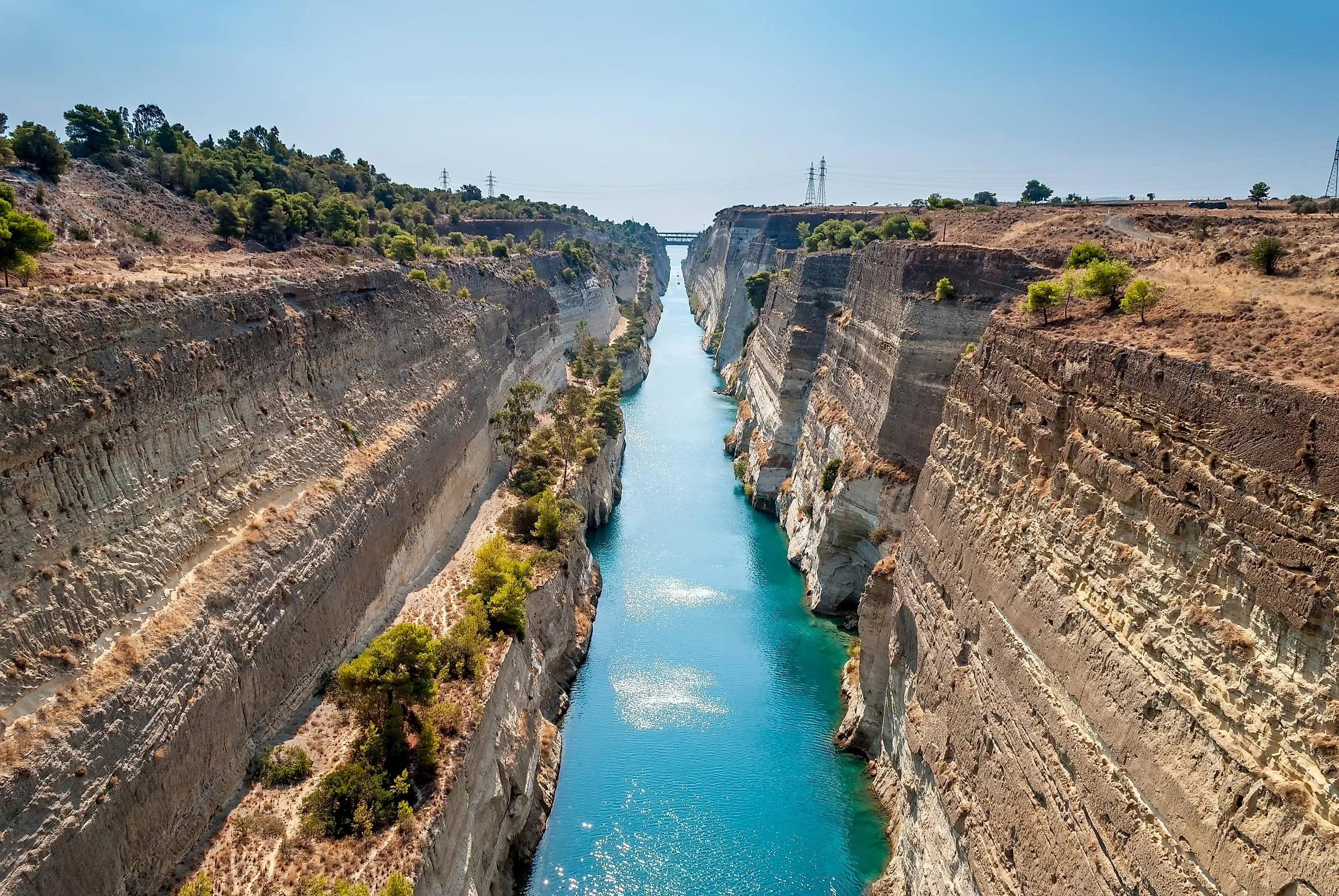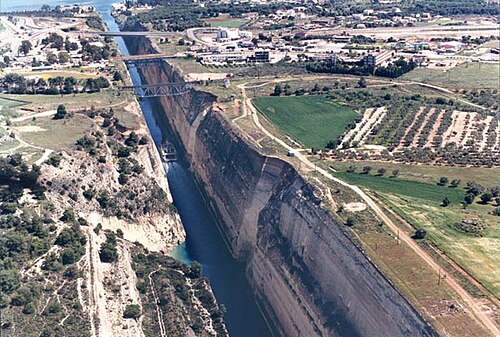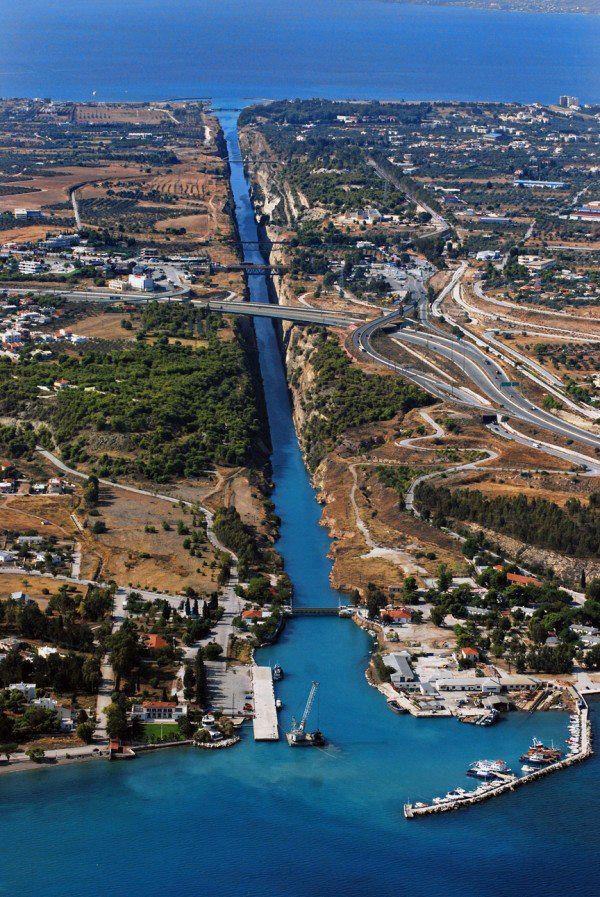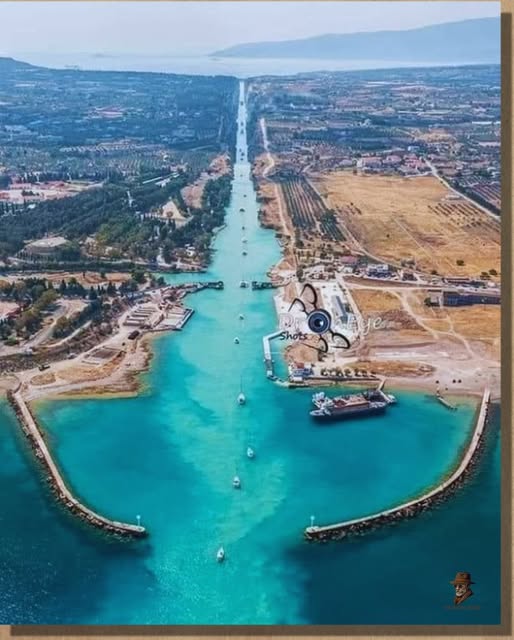The Corinth Canal: A Sword-Slice Through Greek History

Imagine a gash in the Earth so precise it looks like a giant sword sliced through Greece itself. This is the Corinth Canal—where sheer limestone walls rise like marble skyscrapers from the water, creating one of humanity’s most dramatic shortcuts through solid rock.
The Diolkos: An Ancient Boat Railroad

For centuries, ships faced a daunting choice: brave the treacherous 320-kilometer voyage around the Peloponnese Peninsula, or stay put.
Around 600 BCE, an ingenious ruler named Periander devised a solution that would have made modern engineers proud. He created the Diolkos—a sophisticated ancient railway system. Greek ships were lifted from the water, placed on wheeled carts, and pulled across the land. This extraordinary ancient “boat railroad” served maritime trade for centuries until ships simply grew too large for the innovation.
Modern Feat: Cutting Through the Earth
Fast forward to 1882, when modern dreamers decided to accomplish what even the ancient Romans had failed to do—cut straight through the earth itself. For 11 grueling years, workers, armed primarily with picks and shovels, carved through rock and earth.
The result is a 6-kilometer waterway, 8 meters deep, where limestone walls soar more than 80 meters high—taller than an eight-story building.
Today, watching massive ships thread their way through this narrow passage is like observing a thread being pulled through the eye of a needle. Guided by tugboats, these vessels seem to brush against the ancient rock walls as they pass. The Corinth Canal stands not just as a vital maritime shortcut, but as a monument to human perseverance and engineering ambition, turning impossible dreams into concrete reality.











